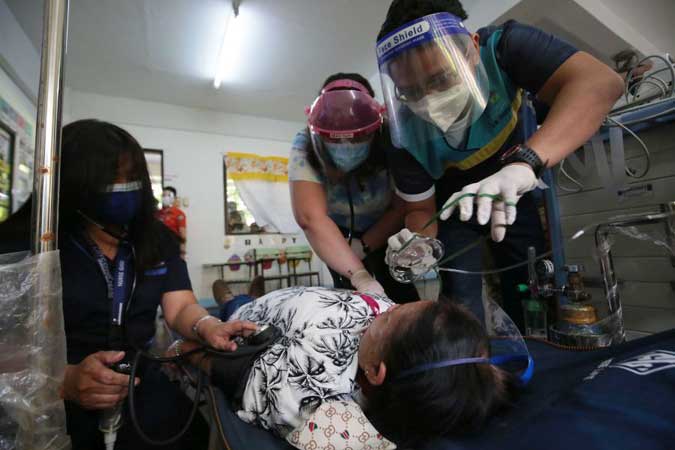Coronavirus crisis exposes health system weaknesses

By Patricia B. Mirasol
A RESILIENT public health system combines all the components that make a city livable, including food, energy, transport, infrastructure, and funding. “If you’re working in siloes, it’s not going to work,” said former Department of Health (DoH) Secretary Dr. Manuel M. Dayrit, at a recent event organized by Liveable Cities Philippines, an innovation-sharing platform. “You have to synergize everything and then bring together the cultural knowledge, social competence, and technical excellence of both the private and public sectors.”
A resilient public health system, according to Dr. Dayrit, should have a mechanism for delivering all types of services, including preventive and curative care. This mechanism has to be supported by adequate facilities, trained manpower, good financing, technological capabilities, and well-informed policies.
Because of the interconnectedness of our globalized world, the World Health Organization said that a well-functioning health system also needs the capacity to control and address global public health threats such as epidemics.
The challenge when it comes to a city’s responsiveness to disasters is that each city is unique in terms of infrastructure, sprawl, and growth, said DoH undersecretary Dr. Leopoldo J. Vega. A city’s livability, he added, can be sustained by addressing issues such as maximizing human resources for health, proper patient referrals, information and communication technologies, as well as the readiness of the healthcare system itself.
To make the healthcare system easier to navigate, DoH is rolling out the One Hospital Command Center (OHCC) in parts of the country, starting with regions 3 and 4A. The OHCC was launched in August 2020 to facilitate a comprehensive and coordinated response to the coronavirus disease 2019 (COVID-19) pandemic through effective and efficient health facility referrals.
CRISIS RESPONSIVENESS
“A crisis has a way of exposing weaknesses,” said Pasig City Mayor Vico R. Sotto, noting the lack of a pandemic playbook. “Do we weather this storm and get out of this alive, or do we get past this and improve how everything is going, moving forward?”
To prevent the spread of COVID-19, Pasig implemented a digital contact-tracing solution called PasigPass, and converted the Pasig City Children’s Hospital as a COVID-19 referral center. It also procured 400,000 doses of the AstraZeneca vaccine to supplement the National Government’s allocation.
Pasig increased its healthcare budget to P3.141 billion this year from P2.548 billion in 2020. In addition, 1,502 new positions were created to beef up the city’s healthcare staff. Efforts are also being made to improve the capacity of barangay health centers and thus unclog hospitals of patients only requiring primary healthcare.
“The lesson for us is that we have to accept risks. We can’t sit idly by,” Mr. Sotto said at the virtual event. “We have to make bold decisions even if they might turn out to be wrong.”
Noting how Pasig City is strengthening the components of its health system, Dr. Dayrit said that the issue now is what the other cities are doing. “What you want, long-term, is for Filipinos to get the services [they need], regardless of where they live,” he said. “We don’t want a situation where some cities are doing better than others. We want a standardization of services at a high level.”



